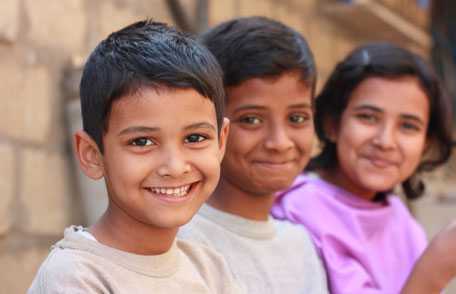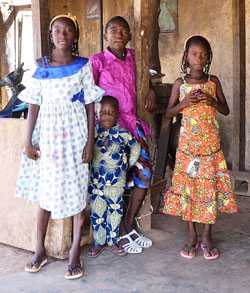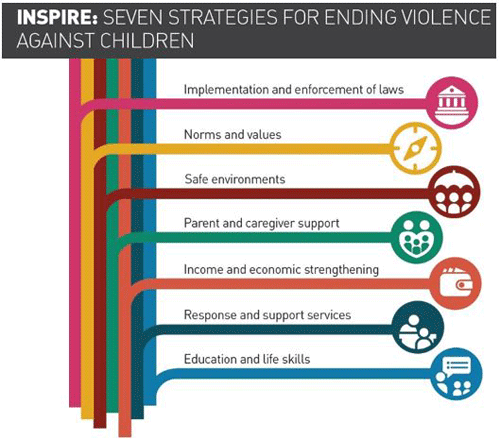Child Abuse Prevention

Sustainable Development Goal 3 by 2030, reduce premature mortality from non-communicable diseases by one third through prevention and treatment and promote mental health and well-being.
November 19th is the International Day for the Prevention of Child Abuse. Learn more about how CDC is protecting the futures of children all around the world with the Violence Against Children Survey.
On September 25, 2015, the United Nations released a comprehensive list of Sustainable Development Goals designed to reduce global inequalities by 2030. These goals, ranging from improvements in economic growth and clean energy to ending world hunger, require that all people from all parts of the world join together for the common good of humanity. They ask that we recognize each of the goals as imperative to the well-being of future generations, which is a timely reminder as we approach the International Day for the Prevention of Child Abuse on November 19th.
To advance the United Nations call-to-action, the Centers for Disease Control and Prevention (CDC) has collaborated with the United Nations Children’s Fund (UNICEF) and other key members of the Together for Girls public-private partnership to assist host country governments to conduct national Violence Against Children Surveys (VACS).
Children who experience violence are at a greater risk for long-lasting consequences, including, but not limited to:
- Infectious diseases such as HIV
- Chronic diseases
- Reproductive health problems
- Crime and drug abuse
- Social and developmental difficulties
- Serious mental health problems

More than 1 billion children—half of all the children in the world—are victims of violence every year.
These consequences are costly, pervasive, and preventable. CDC’s Violence Against Children Surveys (VACS) seek to understand the breadth of the problem of violence against children, which enables countries to better allocate limited resources to prevention programs. VACS are unique, national household surveys that measure physical, emotional, and sexual violence against children to inspire action and save lives. VACS data have been released in eight countries in Eastern and Southern Africa, Asia, and the Caribbean, with growing demand for completing VACS in Central America, Eastern Europe, and West Africa. The VACS findings to date show an urgent need for violence prevention measures.
VACS data released earlier this year focused on lifetime childhood sexual violence (before age 18 years) among females and males aged 18-24 in seven countries (Swaziland, Tanzania, Kenya, Zimbabwe, Malawi, Haiti, and Cambodia) between 2007 and 2013. The data showed that:
- At least 1 in 4 females and 1 in 10 males have experienced some form of childhood sexual violence in the majority of countries surveyed.
- Among victims of childhood sexual violence, few received healthcare, legal/security aid, or counseling support.
Further, HIV is an epidemic in many of the VACS countries. Sadly, the VACS data show that most children who have experienced sexual abuse have never been tested for HIV. Adding HIV testing to the VACS will allow HIV positive children to receive life-saving care, treatment, and support.
INSPIRE
INSPIRE is an evidence-based technical package of interventions to help countries and communities to prevent and respond to violence against children and adolescents. It targets what is predictable and preventable about violence and urges countries and communities to provide support and services when children are victimized.
CDC’s Division of Violence Prevention works to prevent violence and its adverse health consequences. For more information about the Violence Against Children Survey, please visit Towards a Violence-Free Generation
- Page last reviewed: November 14, 2016
- Page last updated: November 14, 2016
- Content source:
- National Center for Injury Prevention and Control, Division of Violence Prevention
- Page maintained by: Office of the Associate Director for Communication, Digital Media Branch, Division of Public Affairs




 ShareCompartir
ShareCompartir
